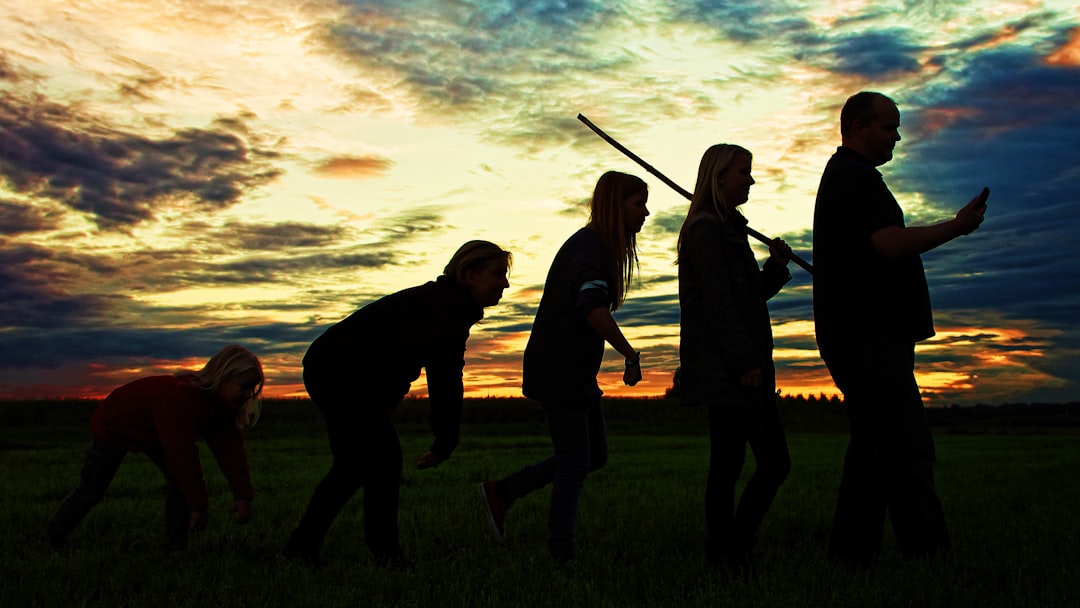What is it about?
Bacteria and their viruses (phages) engage in coevolutionary arms races that drive the formation of complex interaction networks between them. To understand the mechanisms that shape these networks we comprehensively sampled coevolving populations of Escherichia coli and bacteriophage Lambda.
Featured Image

Photo by CDC on Unsplash
Why is it important?
Our work revealed a new coevolutionary dynamic where an initial burst of genetic variants evolve and survive at low frequency for an unexpected long time. These hidden variants then rise in frequency and dominate the late stages of coevolution. This discovery revealed a new form of arms-race that is a hybrid of two previously described forms, it revealed the importance of cryptic genetic variation in driving host-parasite coevolution, and it provided an example of how coupling genomic and phenotypic information can reveal new evolutionary dynamics.
Perspectives
As we were at the final stages of publishing this work, the Omicron variant rose from seemingly no-where to spread around the world and cause unbelievable harm. I was surprised to see the parallels between the dynamics I observed in the model system and what was happening with SARS-CoV-2. This highlights the value of studying dynamics in simplified experimental systems to improve our understanding of coevolution and to better predict real-world disease dynamics.
Animesh Gupta
University of California San Diego
Read the Original
This page is a summary of: Leapfrog dynamics in phage‐bacteria coevolution revealed by joint analysis of cross‐infection phenotypes and whole genome sequencing, Ecology Letters, January 2022, Wiley,
DOI: 10.1111/ele.13965.
You can read the full text:
Resources
Contributors
The following have contributed to this page










